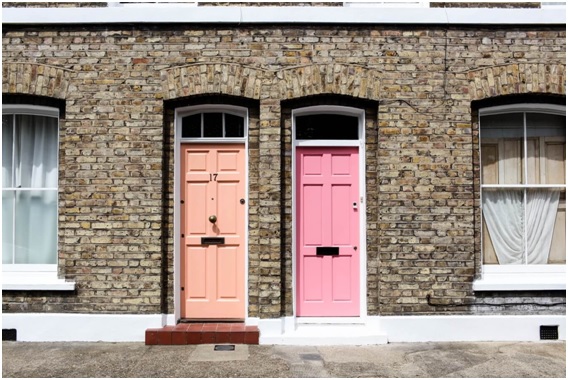If you are purchasing a house it’s wise to carry out thorough checks to ensure you are aware of issues with the property. Dry rot is a problem that affects homes throughout the UK and is a problem that should be treated carefully and promptly.
What is dry rot?
Dry rot is a type of fungus that attacks timber. The wood-rotting fungus ‘SerpulaLacrymans’ grows at around 22ºC up to a maximum temperature of around 26 ºC and despite its name, attacks damp timber.
What are the signs of dry rot?
There are several signs of dry rot to look out for
There is often a smell when there is dry rot growing in a property. It is a distinctive damp, musty smell and the odour gets stronger as the dry rot takes hold and spreads. Damaged timber often appears to be dried out and the timber may appear broken into cubes, known as cuboidal cracking. As the dry rot worsen, wood often looks darker in appearance. Dry rot also has a particular type of whitish-grey cotton wool growth, called mycelium growth.

Home buyers survey
If a house has dry rot it can prove to be a serious and expensive problem as it can compromise the structural integrity of the building. It is estimated that just 20% of all homebuyers request a professional homebuyer’s survey, yet a home buyers survey can detect signs of dry rot and other issues. Always opt for a reputable company to carry out a home buyers survey Oxfordshire, for example, has many dependable companies to choose from. When carrying out a home buyers survey Oxfordshire or anywhere in the UK, an experienced surveyor will be able to provide a full report to inform buyers of the exact nature of the issue.
Treating
Dry rot should be treated by a dry rot specialist to rectify the issue and prevent any further damage occurring. The source of the damp must be identified and options such as underfloor ventilation should be considered to remove moist air from the house in order to reduce the risk of dry rot. Homeowners should also pay close attention to the maintenance of the outside of the property to ensure the risk of damp penetration from leaking pipes and gutters is minimised.

